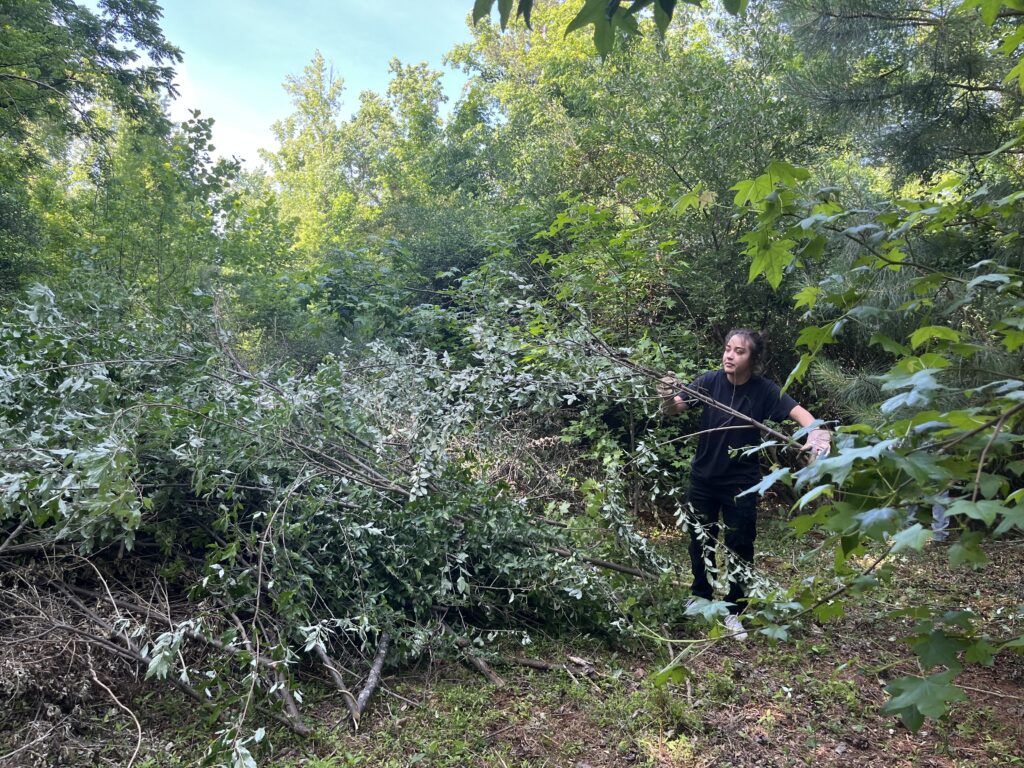
One of TLC’s most popular public properties, Brumley Nature Preserve is home to 673 acres of mature hardwood, young pine, and alluvial forests that surround streams, wetlands, and ponds. It is also home to thriving populations of invasive species under its forest canopy. From Japanese stiltgrass to tree of heaven, these invaders and others continue to thrive due to a lack of predators and competition.
Autumn olive (Elaeagnus umbellata) is an incredibly prevalent invasive shrub in our region after having been introduced as an ornamental plant and forage for wildlife. The shrub’s ability to thrive in a variety of habitat types helped ensure its continued spread at Brumley, along with its appeal as a food source for birds and wildlife. Autumn olive forms dense patches, which shades out the ground layer and prevents other plant from growing. Additionally, it has allelopathic properties (which means that it can release chemicals into the soil that prevents the germination and growth of other plants), that further reduces the ability of other plants to survive under its canopy.
Invasive species removal at Brumley has long been a goal of TLC staff and volunteers since the preserve opened in 2017. Following a pause due to the COVID-19 pandemic, volunteer activities have returned in full force, with an uptick in interest and opportunities dedicated to working at Brumley. Through their efforts, major strides have been made in 2023 by removing invasive species from Brumley, specifically in the southern section of the preserve with autumn olive.
Removing autumn olive is no easy task, and like other invasive species projects, requires multiple steps, hard work, and the time and enthusiasm of persistent individuals. In addition to the high school and corporate groups that have spent many workdays with our staff, two volunteer groups have had a particularly critical impact.
Creating healthy habitats with community stewards
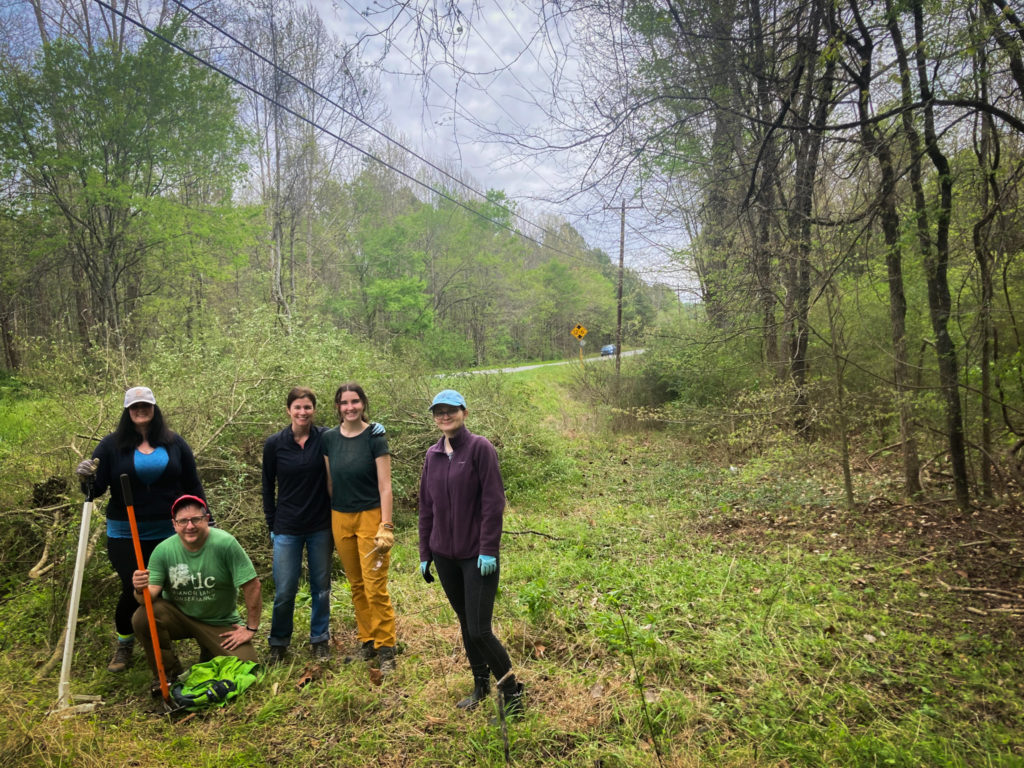
As stewards of the lands we protect, TLC works to create and maintain healthy and thriving habitats for the native wildlife and plants that call these spaces home. And while our staff dedicate much of their time to tackling these problems and implementing management plans to enhance habitats, we cannot do it alone. That’s where our amazing network of volunteers comes in.
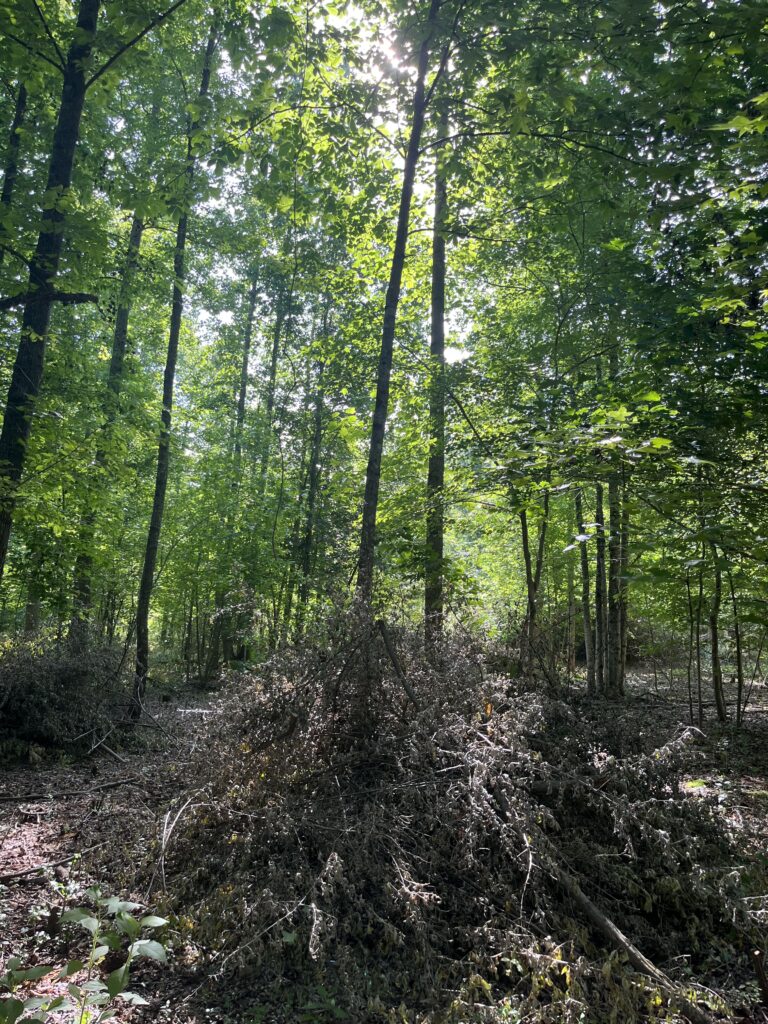
Every Thursday morning, you’ll find the Conservation Corps (West) assisting TLC’s Stewardship staff in caring for our preserves and trails in the western part of the Triangle. From trail maintenance to clearing invasive species, this volunteer crew plays a major role in creating healthy habitats and safe pathways for the community. Rotating between different projects and preserves, the Corps’ work to remove autumn olive has become hard to miss. Using loppers and other TLC-provided tools, this group has made incredible progress seen in the many mountains of decaying autumn olive trunks and branches that have been piled up as the group continues through the woods. Once an area is clear of autumn olive, TLC staff will treat the remaining stumps with an herbicide to prevent the shrub’s root systems from continuing to resprout and over take the soil again.
TriWild is another dedicated group that has tackled not only autumn olive, but also privet, tree of heaven, and multiflora rose near where Brumley hosts Schoolhouse of Wonder. Led and created by TLC volunteer, Steven Feuerstein, TriWild has worked with TLC staff to establish monthly workdays that bring the community together around invasive species removal. In addition to providing a dedicated and consistent force against invasive plants, TriWild aims to create a sense of purpose and accomplishment for the planet through this work. Through every truck cut and invasive plant pulled, volunteers leave knowing that they’ve made a difference in caring for our community’s ecosystem. Starting in September, this program will be expanding to every Saturday morning and hopes to continue to make crucial progress from Brumley habitats and native species.
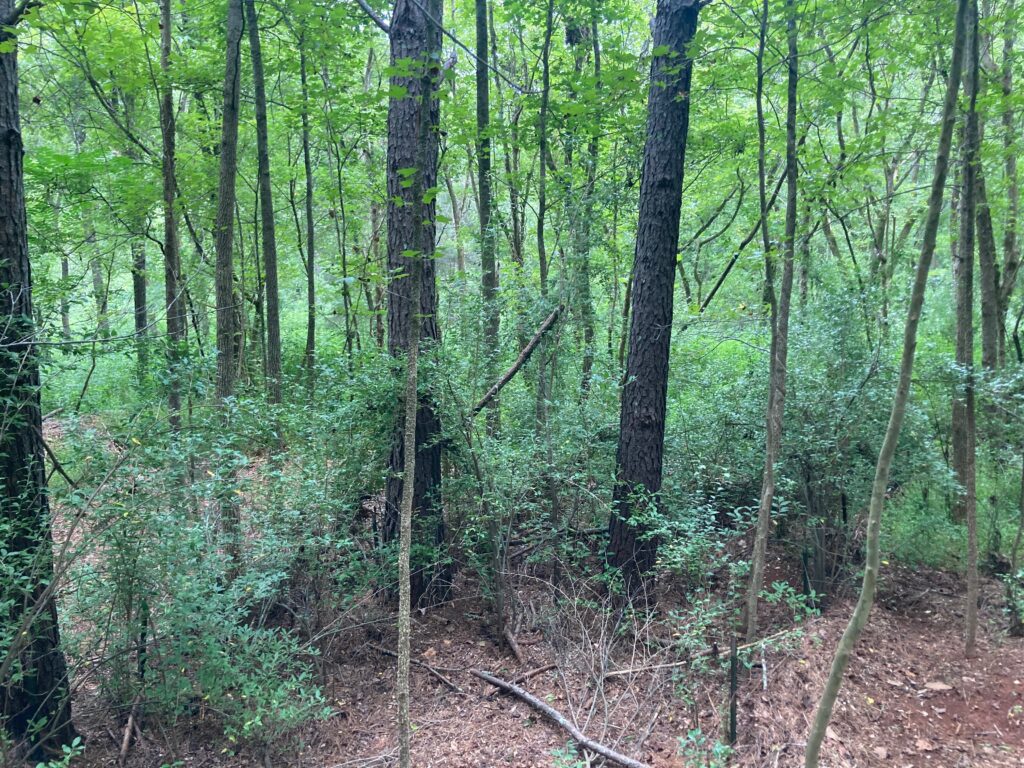
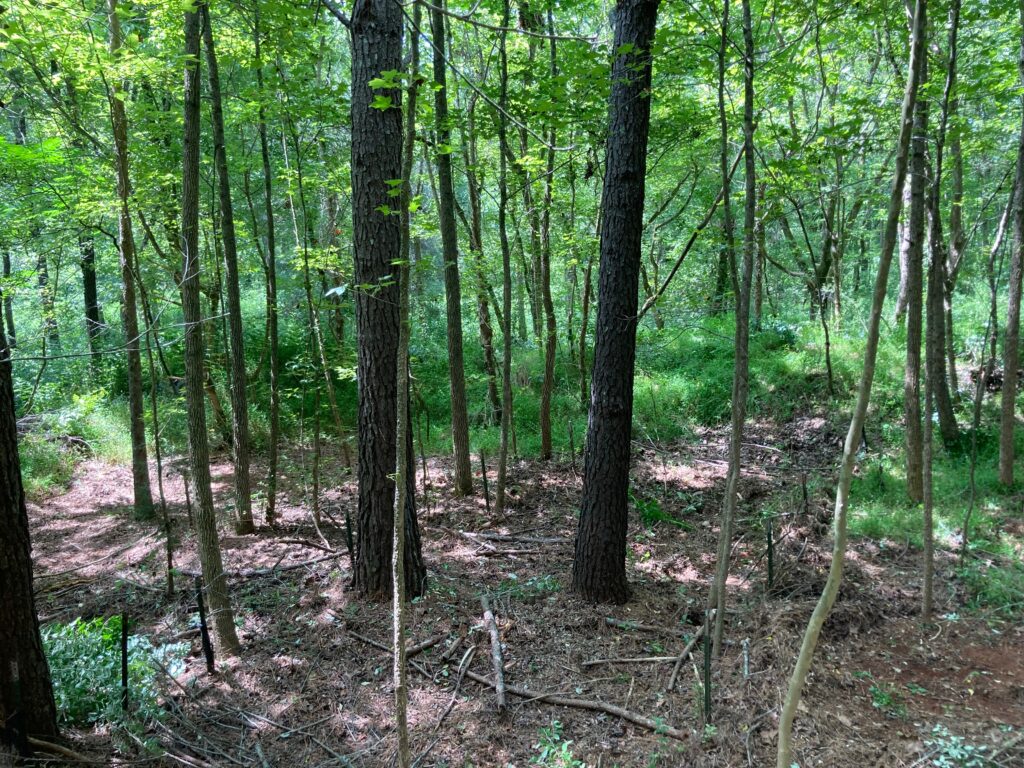
Achieving greater biodiversity at Brumley
Thanks to the dedication of TLC volunteers, several acres of Brumley’s forest understory are now free from dense walls of invasive autumn olive.
“By eradicating autumn olive, we are adding opportunities to an exponential degree for a diversity for plant species to survive and further the biodiversity of the forests, woodlands, and fields where we are doing this work,” says Nick Adams, TLC Land Stewardship Manager (West). “The prospect is exciting, and the transformation is apparent at Brumley.”
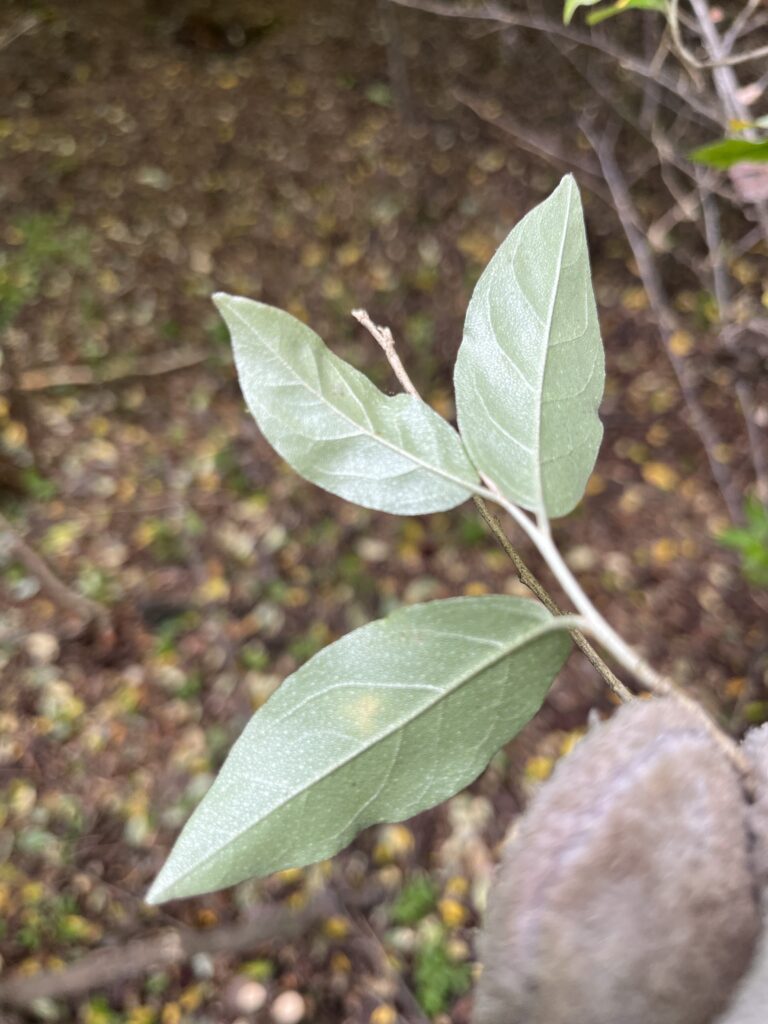
Identifying Autumn Olive
Autumn olive shrubs can grow to a height of 10 – 16 feet and their branches can span between 20 -30 feet wide. Young leaves have shimmery silver scales on their undersides and are largely a dull dark green on the upper side. Autumn olive bark is dark gray and is covered in rough dense scales. The shrub also has vibrant edible red berries that attract many birds.
How to get involved
Anyone is welcome to join in on the plethora of opportunities to remove autumn olive and other invasive species at Brumley, regardless of experience. Whether you are a dedicated TLC volunteer for years or just want to spend a morning outside, your time is appreciated. And you efforts will ensure native habitats at Brumley and other TLC preserves are able to thrive for generations to come.
Ready to get started? Sign up for an account on VolunteerHub and check our available opportunities to get involved. Learn more: https://triangleland.org/give/volunteer
